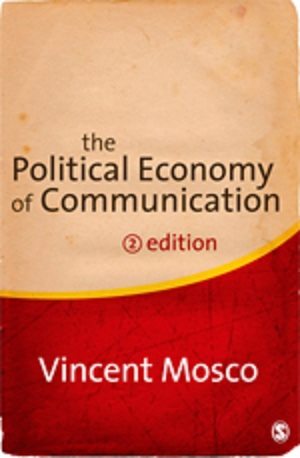
The second edition of The Political Economy of Communication substantially revises and updates the 1996 first edition. I decided to write this book because the field has grown substantially over the last decade and the new edition provides an opportunity to address this work and to incorporate comments about the first edition. In addition to addressing new work, my goals were to deepen understanding of the enduring themes that have animated the field for many years, to address the new issues that are revitalizing it, and to do so in an accessible style that nevertheless respects the need for precise language. Here are some of the more important specific changes. Some have suggested that it would be useful to provide a short overview of the polit ical economy approach which also identifies some of the key books and articles in the field. Hence, the book begins with a one-chapter overview. I also thought it would make the book more accessible to break up some of the larger chapters into smaller ones. So I have taken a lengthy chapter on the general field of political economy and divided it into two chapters. Chapter 2 defines the political economy approach and takes up its major characteristics. Chapter 3 addresses major schools of thought. I have done something similar with a long chapter that mapped the history and current state of the political economy of communication. Chapter 4 begins with a section on the meaning of communication that provides a more detailed treatment of the concept than did the original edition. The chapter proceeds to describe the social and intellectual influences on the field and Chapter 5 examines the history of research in the political economy of communication…
[embeddoc url=”http://perpus.filsafat.ugm.ac.id/wp-content/uploads/sites/230/2017/11/S2-Vincent_Mosco-The_Political_Economy_of_Communication_2nd_ed-Sage_Publications_Ltd.2009-.pdf” viewer=”google”]
